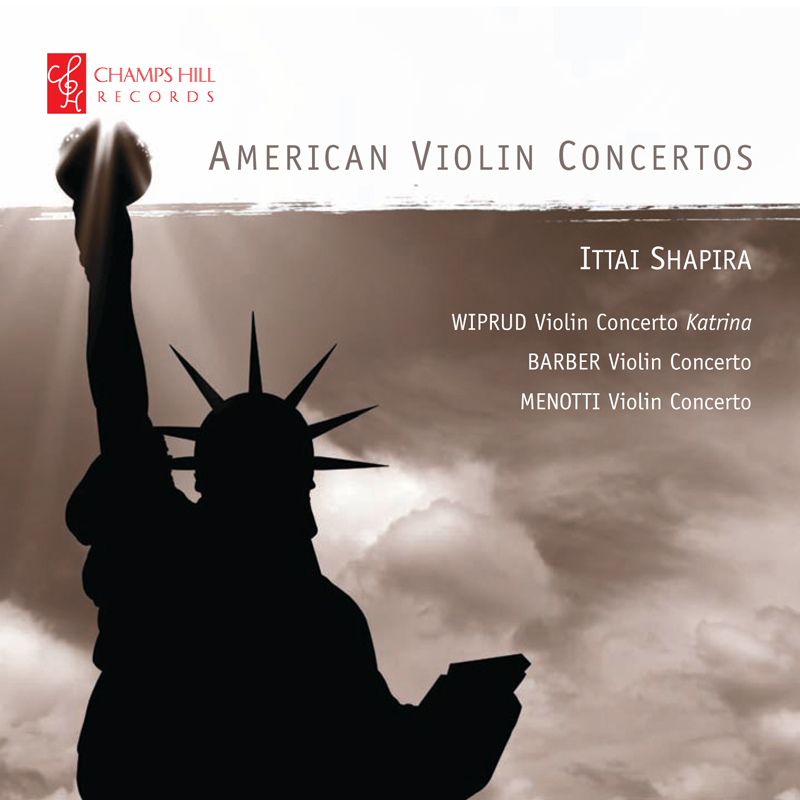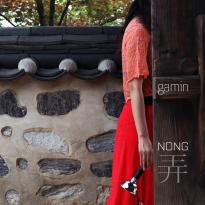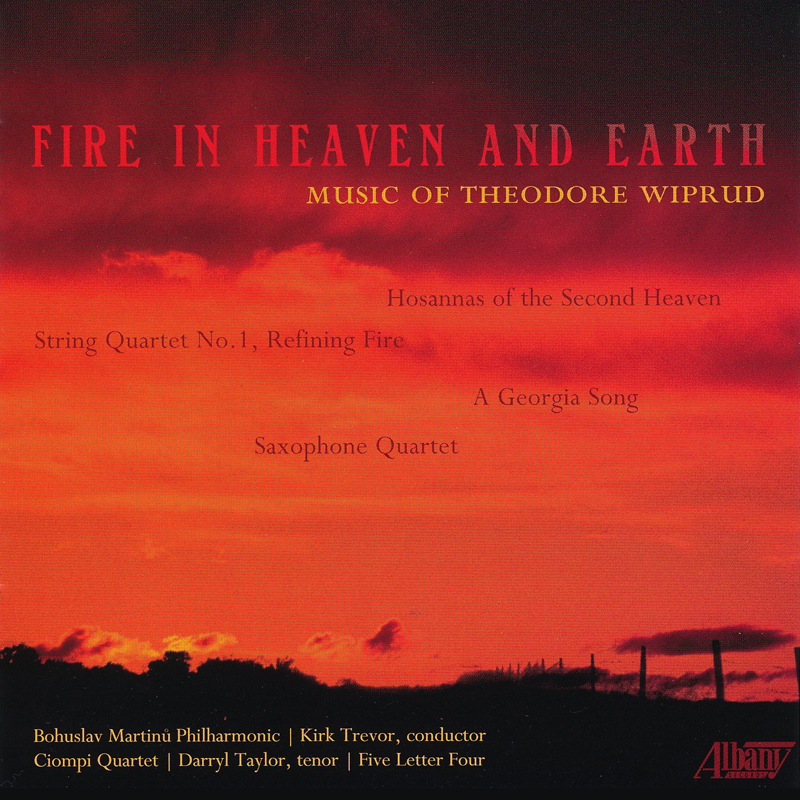Music turns me on. Often, it’s music in the tradition I understand deeply. I cannot sit still during the finale of Mozart’s JupiterSymphony. Bach’s b minor Mass puts me into another realm. Messiaen’s Des Canyons aux Etoilesis an out-of body experience. But sometimes, tellingly, inexplicably, it’s music I don’t understand at all that turns me on. Something new hits me like a ton of bricks – an immediately thrilling sound that gets stuck in my head and gets me thinking, like an itch that needs scratching.
I’ve written before about my affair with gugak, the traditional music of Korea. I’ve had the opportunity to study that music extensively both here and in Korea, though only on a surface level – just enough to be dangerous. I’ve composed four pieces so far, ranging from a duo to a large orchestra piece, employing gugak instruments and musical ideas in a Western classical context. In each piece I attempt a different kind of synthesis, and each one has tapped unknown creative springs. That ongoing project has created new sounds, new feels, new forms in my work.
Earlier, I saturated myself in jazz and blues and zydeco as I composed my Violin Concerto (Katrina), a meditation on the impact of the hurricane on the musical culture of the Delta. I am no expert in these styles, as much as I love going out to hear them live. I’d never studied them. I listened and analyzed as if discovering something new and provocative in music almost 100 years old, and music thriving today in Louisiana. My distance from the music gave me an abstract take that contributed to a piece both visceral and elegiac.
In fact, as inspired as I get by unfamiliar musics, I don’t want to know them too deeply. I prefer to draw the qualities that excite me into my own world, rather than attempt to cross fully into another world – if that were even possible.
My current infatuation is the music of Lakota and Dakota Sioux. As Music Alive Composer-in-Residence with the South Dakota Symphony this past year, I’ve had the privilege of hearing lots of Sioux music and even working with several master musicians. It’s all possible on account of the SDSO’s twelve-year Lakota Music Project, which has built lasting friendships and mutual respect between musicians from vastly different cultures. (I’ve written before about the fascinating challenges and negotiations of performing together across such different musical cultures.)
Wind of Many Voicesis my piece for the SDSO, beautifully premiered less than two weeks ago as I write. It’s a response to everything I experienced in South Dakota up to that time – landscapes, peoples, and an often tragic history. Because I usually mention Native American youth and master musicians in describing the piece, I get asked about how the influence is heard. And this is what’s gotten me thinking about tribute and appropriation.
I have no inclination to borrow or quote any of the Native songs or flute music I’ve heard. And in today’s understanding of “cultural appropriation,” I think this would be where I might otherwise get into trouble. If I were to transcribe or paraphrase a Lakota song and pass it off as my own, my music would be, at best, disingenuous. For me, even acknowledging the material as an arrangement is something well short of the deep engagement I’m after.
What I aspire to is a tribute. I aim to recognize and celebrate what is distinctive in another culture’s music. In the process, that music amplifies what is possible in my own music. And the spirit of what I love merges with my own spirit.
In the case of Wind of Many Voices, I composed with everything Dakota fresh in my mind and heart. The raw, high, passionate voices of a Lakota drum; the delicate ornamentations of a Dakota cedar flute; the expressive way that melodic phrases tend to drop off at the ends – these became elements of my own language. But not, for instance, the typical phraseology of Lakota singing, or the pentatonic pitch material.
Delta David Gier, the music director of the South Dakota Symphony and the passionate progenitor of the Lakota Music Project, mentioned Dvorak as we were talking about this recently [link]. Dvorak never quoted an actual folk song of any race – neither Czech nor African-American nor Native American. But throughout his career, the spirit of all these folk musics fused with his Brahmsian language to create something indelible that speaks to people around the world. As we all know, the Largo of his Ninth Symphony, From the New World, was adopted as a spiritual because its tune – although original – captured a style that was new to the composer, and had captured his imagination.
It is a hallmark of Western classical music to respond to foreign influence, to absorb sounds from other traditions to open new paths. But of course it’s not just classical music – this is how culture works in human society. Borders between styles are imaginary. Musicians, artists, dancers, everyone borrows what fascinates them from whatever source they encounter. What sets classical music apart is the globe-spanning commerce, and often domination, that began around the 16th century, providing us in the “West” with a cornucopia of cultural influences. The result, of course, is a dizzying range of styles and expressions that we lump together under the one hilariously inadequate heading, “classical.”
Granted, many injustices have empowered us in this way. But no amount of atonement for our history of domination is going to stop creative people from responding to what they hear.
There are definitely cases of misappropriation– uses of culturally identifiable sounds that demean, or that seek to profit from the ideas of others. Think of the purposely “savage” sounds so often cartoonishly associated with Native Americans. That is a far cry from paying tribute to the greatness and the very difference of their music, or any other music from another culture.
Probably it’s up to that great sifter Posterity to decide what is honest tribute, from what is cultural misappropriation; what is done well and tastefully from what is shallow; and what influences serve to open new paths that enrich life for all.





